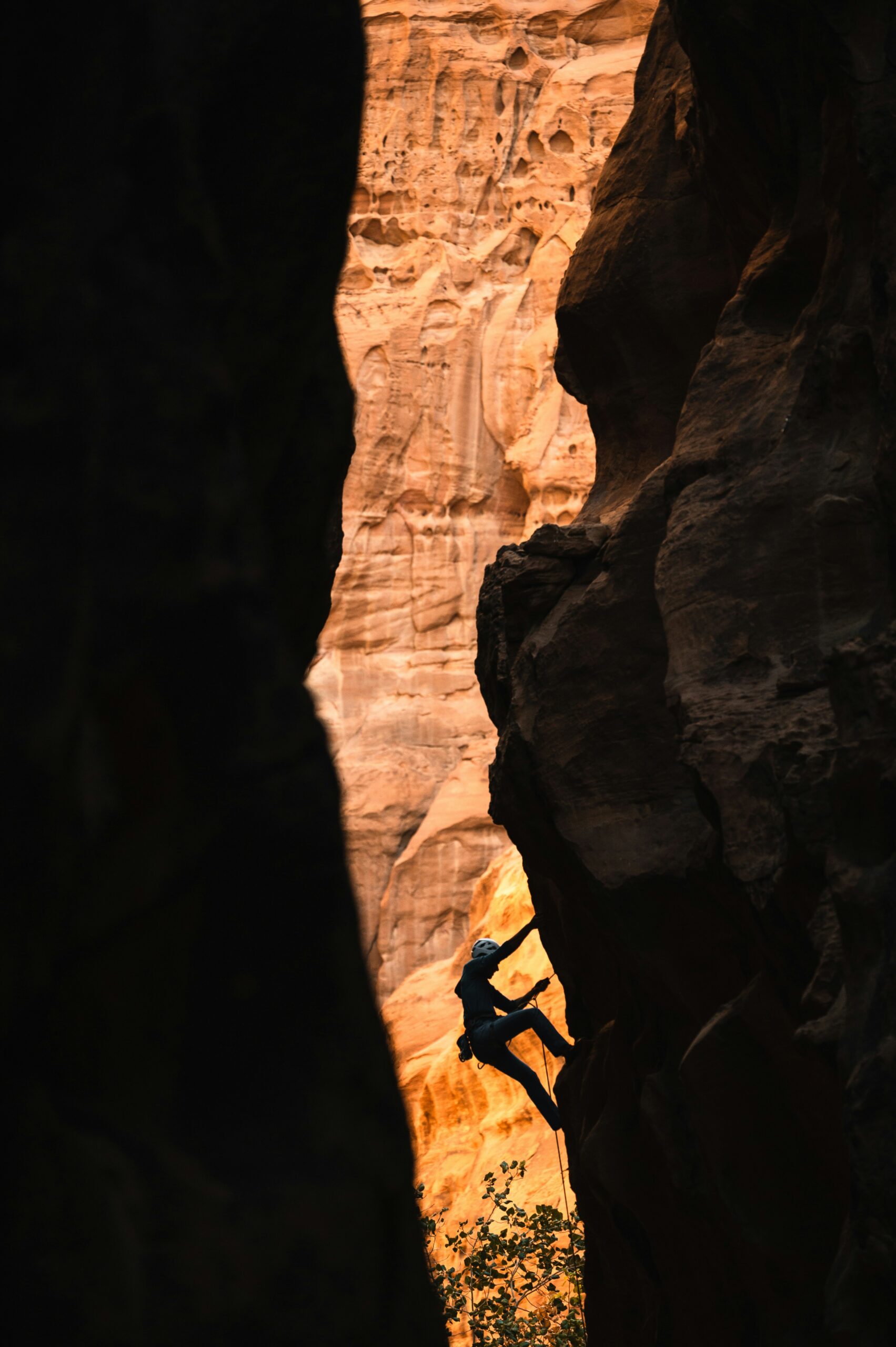Basic Rock Climbing Techniques: A Beginner’s Guide
Introduction
Welcome to the beginner’s guide to rock climbing! If you’ve always been fascinated by the idea of scaling cliffs and conquering heights, then this is the perfect place for you to start. Rock climbing is not only a thrilling adventure but also a great way to challenge yourself physically and mentally. In this guide, we will cover some basic rock climbing techniques that every beginner should know.
Choosing the Right Gear
Before you start rock climbing, it’s important to have the right gear. Here are some essential items you’ll need:
- A climbing harness: This is a specialized piece of equipment that will keep you safe and secure while climbing.
- Climbing shoes: These shoes have a sticky rubber sole that provides better grip on the rock surface.
- A helmet: Safety should always be a priority, and a helmet will protect your head from any falling debris.
- Carabiners and quickdraws: These are used for attaching yourself to the rope and the anchor points on the rock.
- A climbing rope: This is the most important piece of equipment and is used to protect you in case of a fall.
Basic Climbing Techniques
Now that you have the right gear, let’s dive into some basic rock climbing techniques:
1. Footwork
Good footwork is essential for rock climbing. Always try to find stable footholds and place your feet carefully. Keep your weight on your legs rather than your arms to conserve energy. Practice precise footwork by using small footholds and gradually increasing the difficulty as you improve.
2. Handholds and Gripping Techniques
Handholds are what you use to grip the rock and pull yourself up. There are different types of handholds, such as crimps, jugs, and slopers. Experiment with different gripping techniques to find what works best for you. Remember to keep your arms slightly bent to avoid overexertion.
3. Body Positioning
Proper body positioning is crucial for maintaining balance and conserving energy. Keep your body close to the wall and use your legs to push yourself up. Avoid leaning too far back or relying too much on your arms. As you gain experience, you’ll learn how to use your body to your advantage and find the most efficient way to climb each route.
Basic Climbing Principles
In addition to the techniques mentioned above, there are some basic principles that every beginner should be aware of:
1. Safety First
Always prioritize safety when rock climbing. Double-check your gear, learn proper belaying techniques, and communicate effectively with your climbing partner. Take a rock climbing course or learn from an experienced climber to ensure you have a solid understanding of safety procedures.
2. Start with Easy Routes
As a beginner, it’s important to start with easy routes that match your skill level. Gradually increase the difficulty as you gain more experience and confidence. Pushing yourself too hard too soon can lead to injuries or accidents.
3. Use Your Legs
Your legs are stronger than your arms, so use them to your advantage. Engage your leg muscles and push off with your feet whenever possible. This will help you conserve energy and make climbing more efficient.
4. Practice Falling
Falling is a part of rock climbing, and it’s important to know how to do it safely. Practice falling in a controlled environment, such as a climbing gym, with a knowledgeable belayer. Learning how to fall properly will help you overcome the fear of falling and build confidence in your abilities.
Conclusion
Rock climbing is an exciting and challenging sport that offers a unique way to connect with nature and push your limits. By mastering the basic techniques and principles outlined in this guide, you’ll be well on your way to becoming a competent rock climber. Remember to always prioritize safety, start with easy routes, and practice regularly to improve your skills. Happy climbing!

